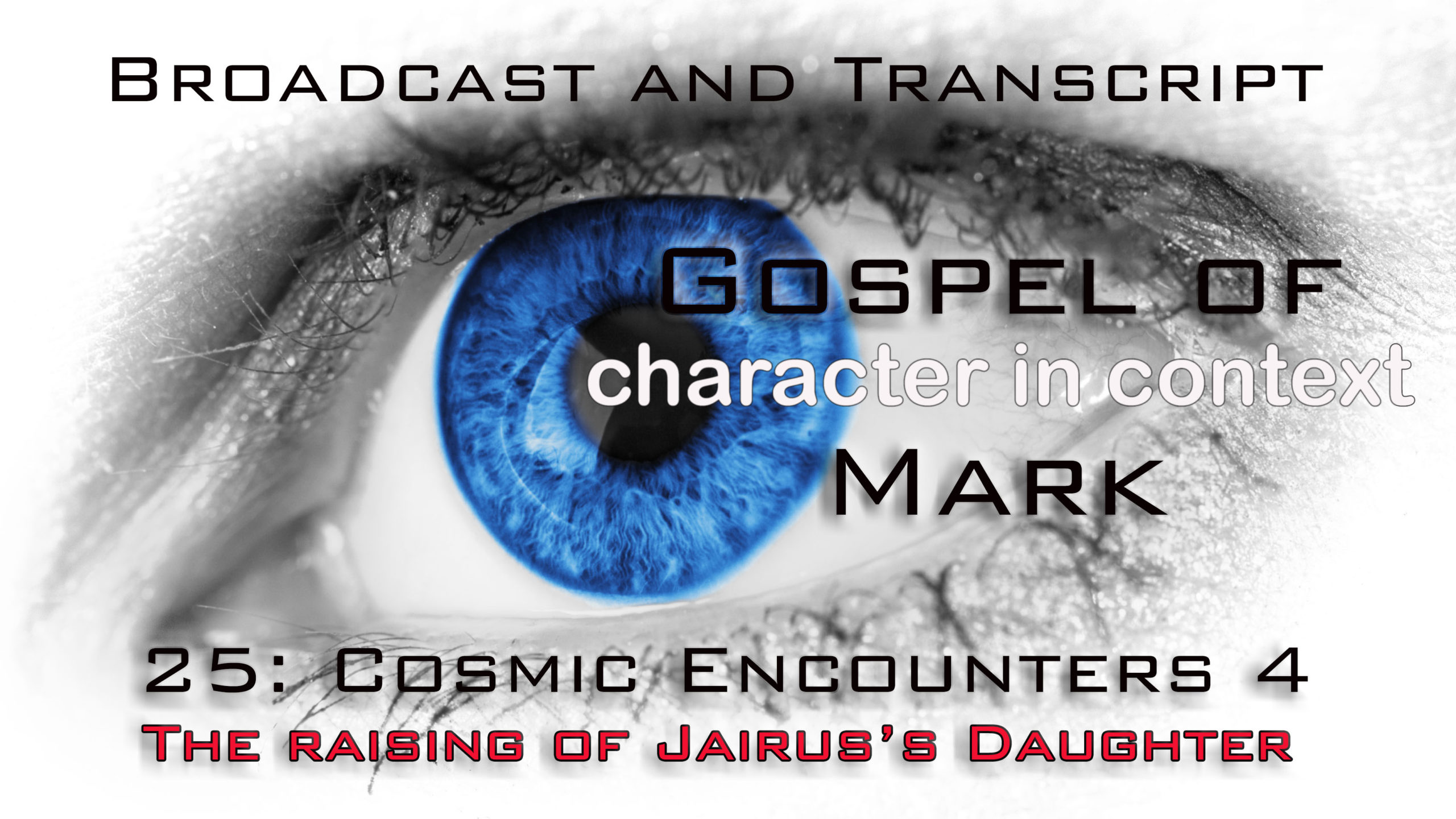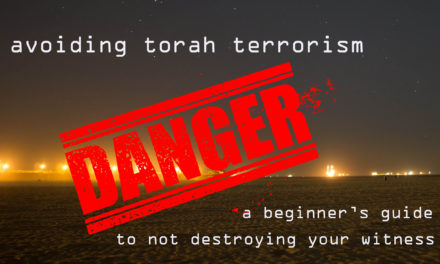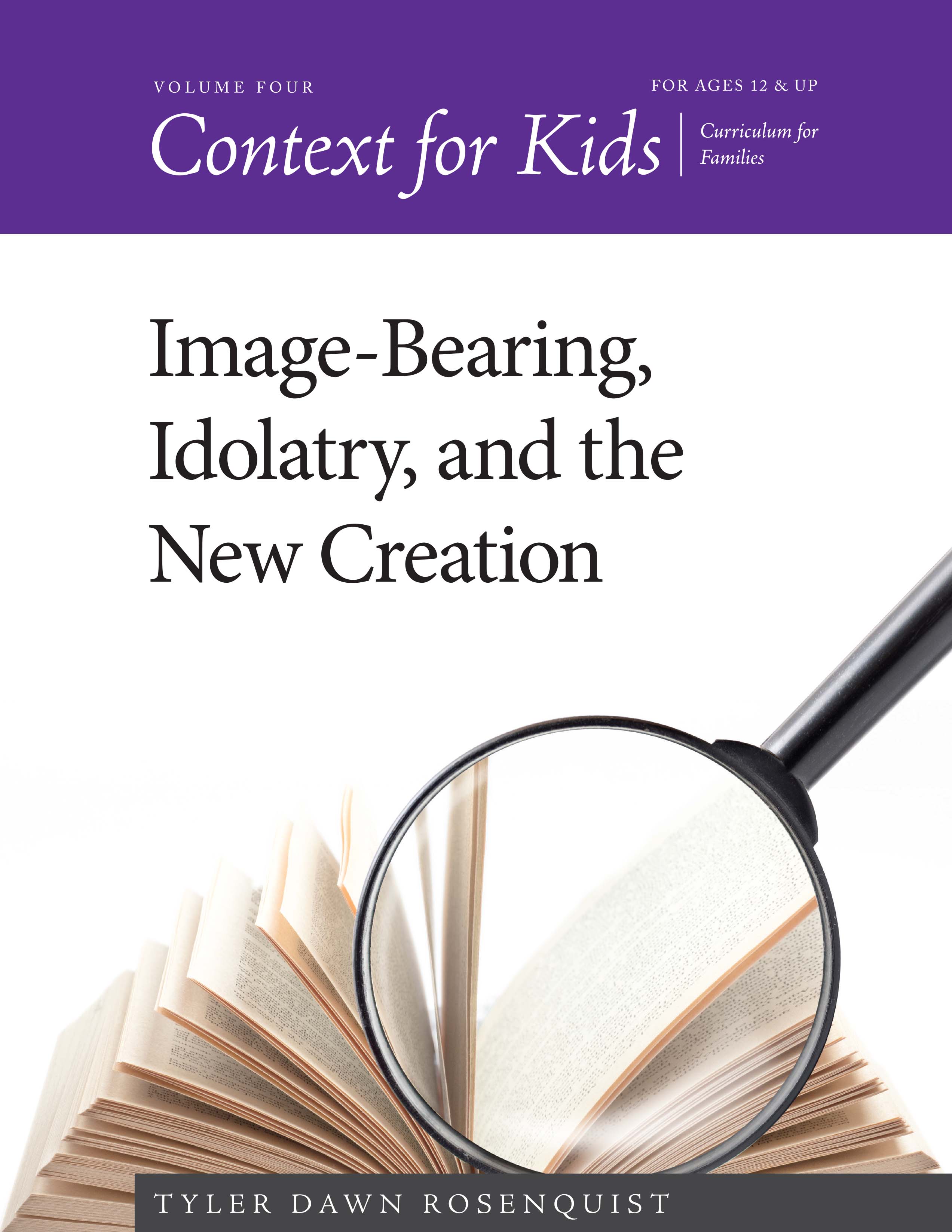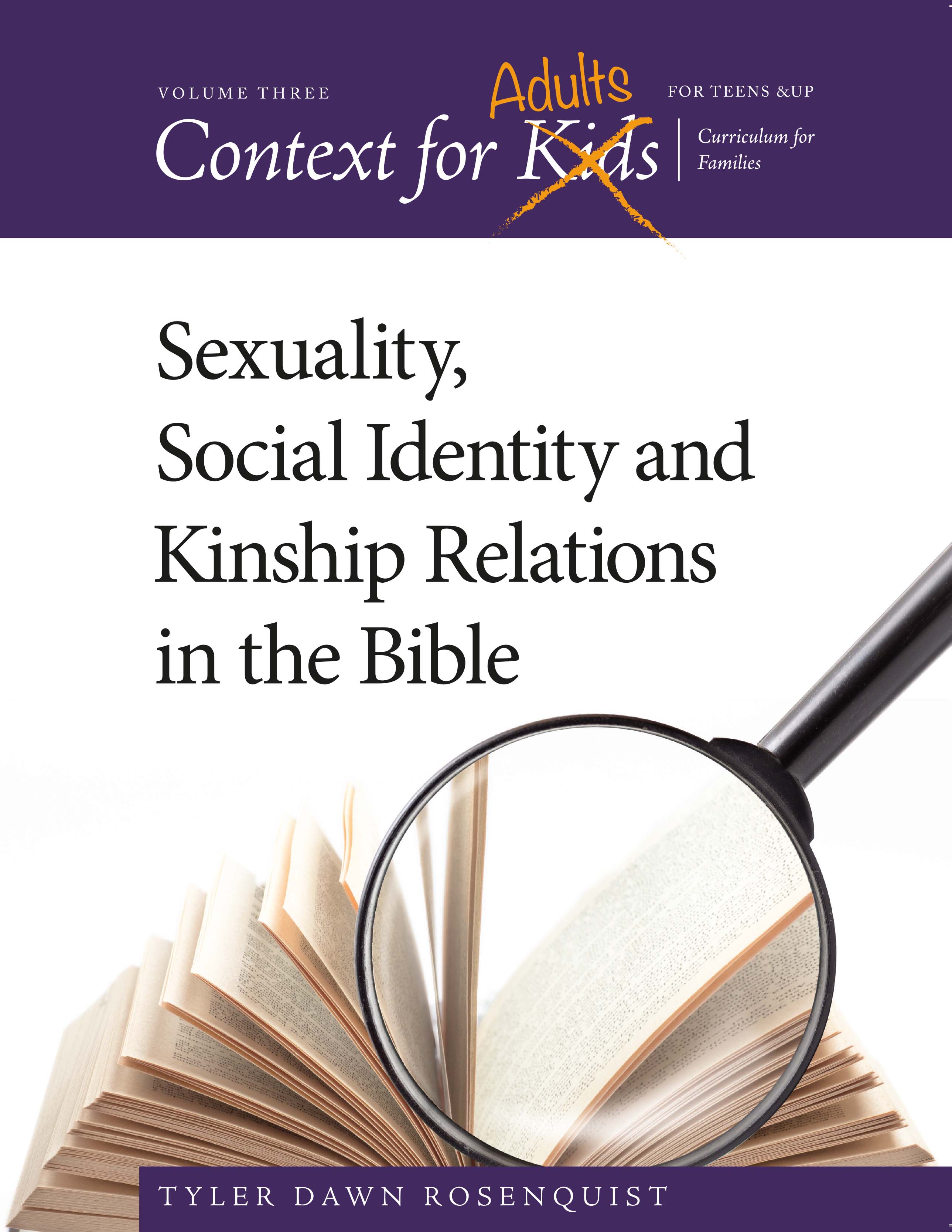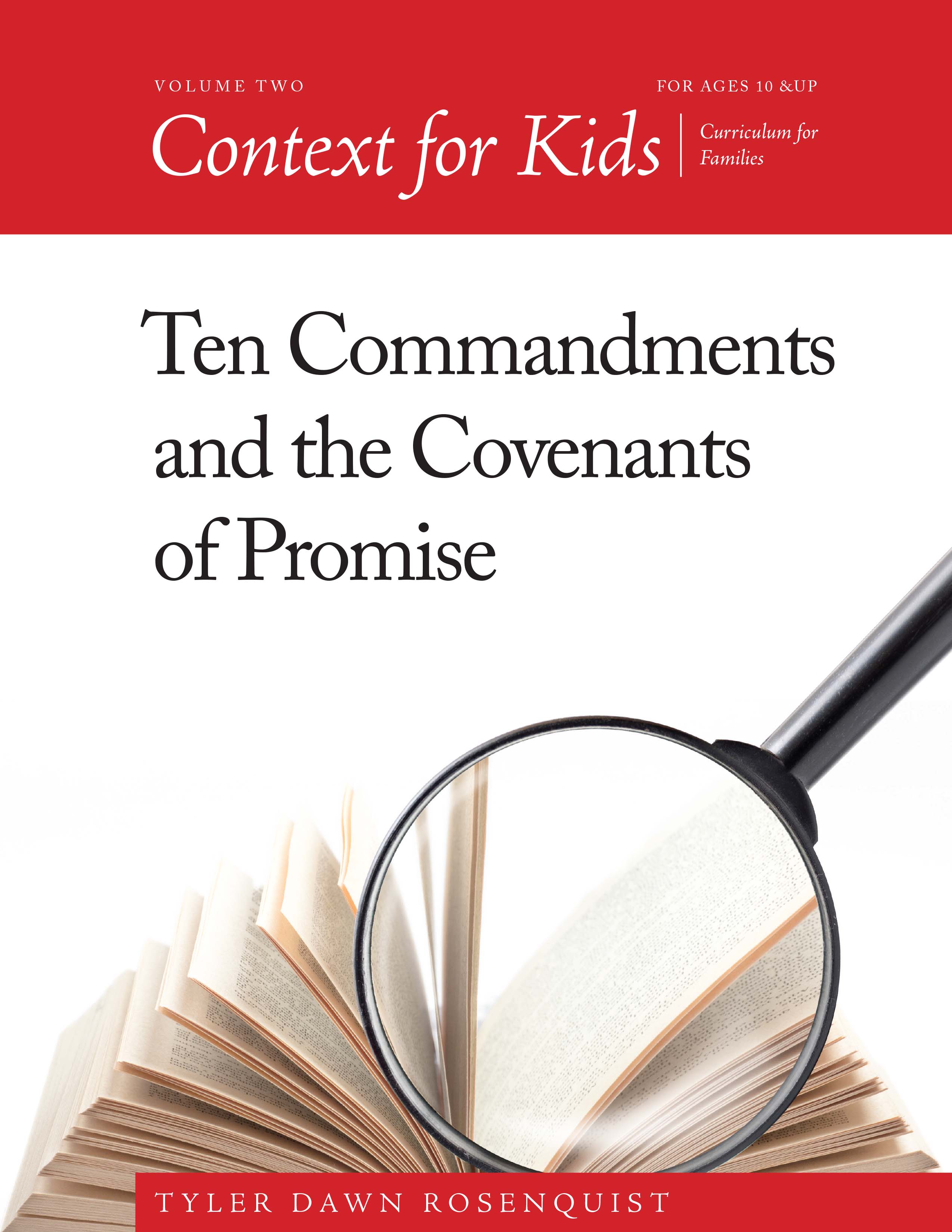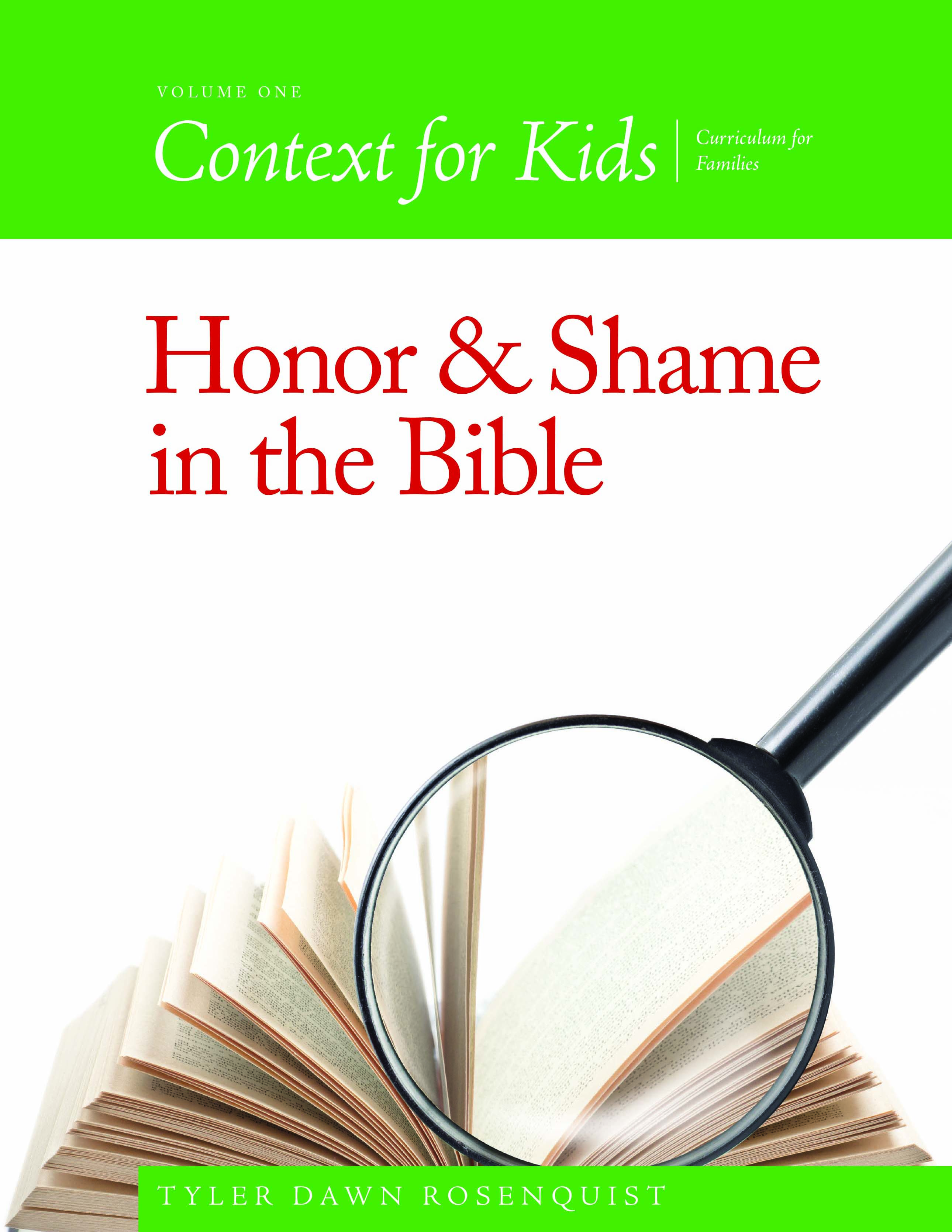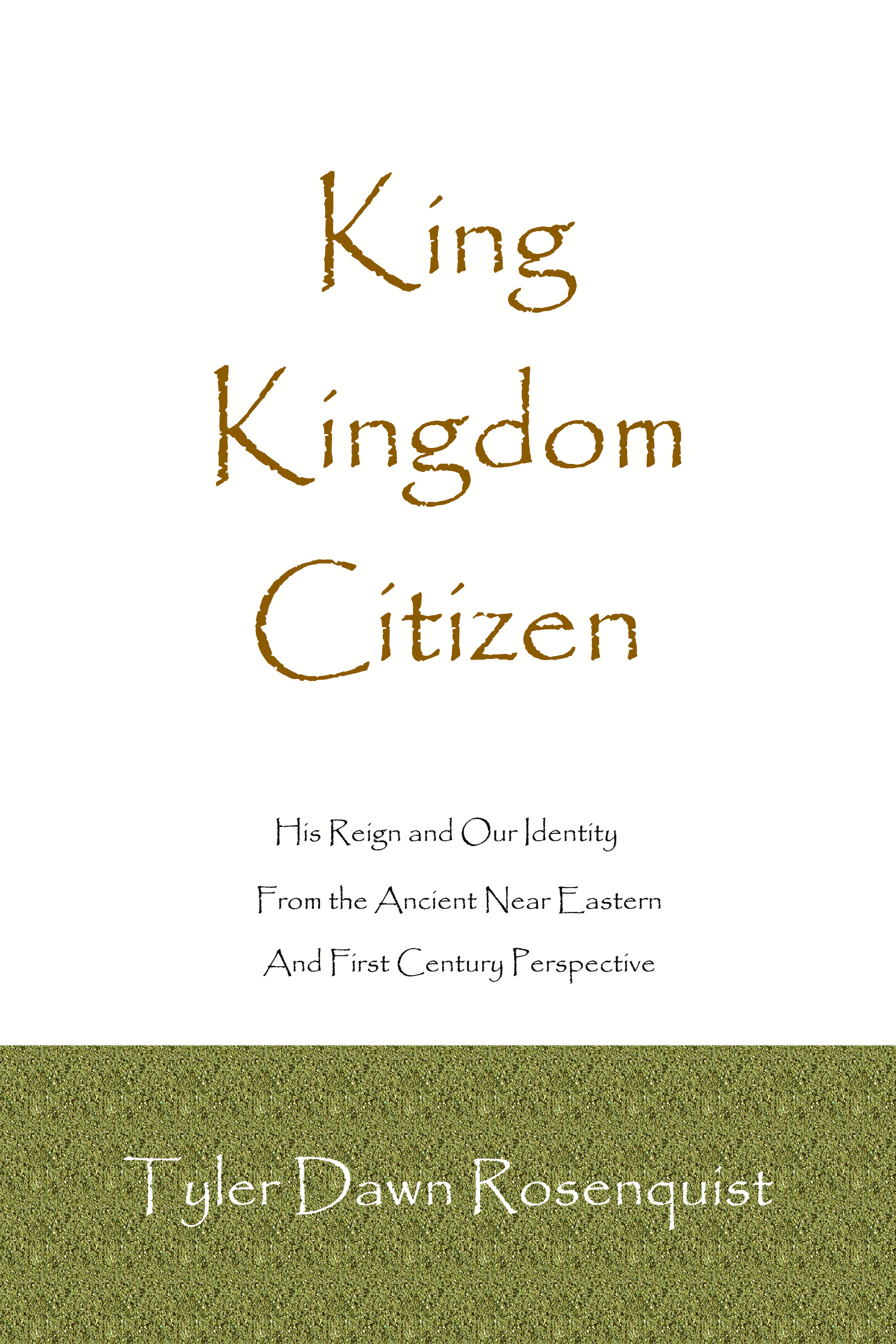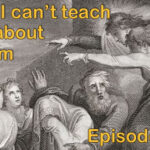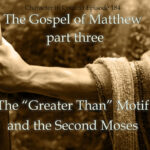Podbean and WordPress aren’t currently on speaking terms, so if you can’t see the player, open up the blog post or click here
This teaching, of course, is an extension of last week’s account of the healing of the woman with the issue of blood so we will find a lot of parallels. We are going to delve into a very excellent resource in order to learn about ancient Near Eastern mourning rituals that were still relatively unchanged in the first century, as well as look at what the Talmud has to say.
Transcript below
************************
Mark 25—Cosmic Encounters 4—Jairus’s Daughter
This week we will be covering the “bread” of the Markan sandwich we began to devour last week. A Markan sandwich is the term that scholars give to one of the dual teachings that we find in the Gospel of Mark where the author will start out with one story and will insert another into the middle that are meant to be compared and contrasted. The first of these would be the account of both Yeshua’s/Jesus’s family and the Scribes from Jerusalem rejecting Him in Capernaum on the grounds that He is either insane or in league with the Devil. The second is the Parable of the Sower, broken up with a teaching from Isaiah. Last week we started this account with the story of the woman with the issue of blood that occurred on the way to the house of the synagogue leader Jairus, whose daughter was dying. Let’s read the whole thing real quick here before exploring it verse by verse:
22 Then came one of the rulers of the synagogue, Jairus by name, and seeing him, he fell at his feet 23 and implored him earnestly, saying, “My little daughter is at the point of death. Come and lay your hands on her, so that she may be made well and live.” 24 And he went with him…
35 While he was still speaking, there came from the ruler’s house some who said, “Your daughter is dead. Why trouble the Teacher any further?” 36 But overhearing what they said, Jesus said to the ruler of the synagogue, “Do not fear, only believe.” 37 And he allowed no one to follow him except Peter and James and John the brother of James. 38 They came to the house of the ruler of the synagogue, and Jesus saw a commotion, people weeping and wailing loudly.39 And when he had entered, he said to them, “Why are you making a commotion and weeping? The child is not dead but sleeping.” 40 And they laughed at him. But he put them all outside and took the child’s father and mother and those who were with him and went in where the child was. 41 Taking her by the hand he said to her, “Talitha cumi,” which means, “Little girl, I say to you, arise.” 42 And immediately the girl got up and began walking (for she was twelve years of age), and they were immediately overcome with amazement. 43 And he strictly charged them that no one should know this, and told them to give her something to eat.
Hi, I am Tyler Dawn Rosenquist, and welcome to Character in Context, where I teach the historical and ancient sociological context of Scripture with an eye to developing the character of the Messiah. If you prefer written material, I have five years’ worth of blog at theancientbridge.com as well as my six books available on amazon—including a four-volume curriculum series dedicated to teaching Scriptural context in a way that even kids can understand it, called Context for Kids—and I have two video channels on YouTube with free Bible teachings for both adults and kids. You can find the link for those on my website. Past broadcasts of this program can be found at characterincontext.podbean.com and transcripts can be had for most broadcasts at theancientbridge.com
All Scripture this week comes courtesy of the ESV, the English Standard Version but you can follow along with whatever Bible you want. A list of my resources can be found attached to the transcript for Part two of this series at theancientbridge.com. I did add a new book to the list this week and we will start out by talking about it. It’s by a scholar named Xuan Huong Thi Pham (Sun Hwong He Pham) and it is called Mourning in the Ancient Near East and the Hebrew Bible. She is a Christian and this book was her doctoral dissertation. Her story is incredibly compelling. Vietnamese by birth, she and her husband (who was interned in a re-education camp for three years) were later able to emigrate to the United States. She was one of seven children raised by a courageous woman who, at the age of 38 was widowed and left to raise her large brood on her own. This is a woman well-acquainted with the concept of mourning and her scholarship on the Book of Lamentations is impeccable. Expensive, but if you want to learn about ancient mourning, this is the book. Fortunately, my copy was a gift.
Let’s look at some ancient mourning texts. This one is from Babylon, the Curse of Agade (2200-2000BCE):
The old women who survived those days, the old men who survived those days and the chief lamentation singer who survived those years set up seven balaj drums, as if they stood at the horizon, and together with drums made them resound to Enlil like Ickur for seven days and seven nights. The old women did not restrain the cry “Alas for my city!”. The old men did not restrain the cry “Alas for its people!”. The lamentation singer did not restrain the cry “Alas for the E-kur!”. Its young women did not restrain from tearing their hair. Its young men did not restrain from sharpening their knives.
Her commentary reads: “’Seven days and seven nights’ mark the ritual period of mourning during which people lament loudly, tearing their hair and cutting themselves with sharp knives. Several groups of people take their turn lamenting: the chief lamentation singer, the old women, the old men. Musical instruments accompany the loud wailing.”
I won’t read from the Epic of Gilgamesh (second millennium BCE) but I will read her commentary on it:
“When his younger friend Enkidu dies, Gilgamesh covers the face of his friend and weeps aloud, calling the elders, the wailing women and the people of Uruk to lament. He walks back and forth in front of the dead body, pulling out his hair and tearing off his clothes. He weeps over Enkidu for seven days and seven nights.”
The Poems about Baal and Anath (second millennium BCE) from the Ugaritic Baal Epic. This takes place as soon as the death of Baal Hadad is announced to the chief god of the Canaanite pantheon, El:
Then El the kind, the compassionate, descends from his throne and sits on the footstool, from the footstool he (descends and) sits on the ground. He strews stalks of mourning on his head, and dust in which he wallows on his pate (head). His clothing he tears, down to the loincloth, his skin he bruises with a rock by pounding, with a razor he cuts his beard and whiskers. He rakes his upper arms, he plows his breast like a garden, like a valley he rakes his chest. He raises his voice and shouts: “Baal is dead, what will happen to the people? Dagon’s son: what will happen to the masses?”
Remember that pagan gods were always anthropomorphized (discussed in human terms) far more than Yahweh was in the Bible. They are always portrayed as actual flesh and blood beings with lives that parallel humans and so it is fitting that they would mourn the same way that humans do. Here, Baal Hadad, the god of rain and storms, the son of Dagon, the grain god, has died and the chief of gods honors him by mourning him. We see a few negative Torah commandments highlighted here—cutting yourself for the dead, shaving for the dead. But we also see rituals that are carried out in the Bible for mourning which are not forbidden: sitting on the ground, tearing clothing (forbidden only for the High Priest), placing dirt on one’s head, weeping, and wailing, professional mourners accompanied by instruments. Proof that not everything that the pagans did was bad. Some things are simply cultural. We have to make sure to be careful to know the difference between being anti-idolatry and anti-cultural. Sometimes the culture is neutral or even beneficial. Sometimes it is bad. Discernment required.
Okay, this week’s Scripture, let’s go through it:
22 Then came one of the rulers of the synagogue, Jairus by name, and seeing him, he fell at his feet
If we were going to go way too far with this verse, we would accuse Jairus of worshipping Yeshua but this is not the case. Throwing oneself at the feet of another was a common way for a person of lesser authority to petition benefaction from someone of greater authority. In other words, Jairus was following the culturally recognized procedure for asking someone for something. This is straight-up patron-client behavior. Although Jairus was an archisynagogos, meaning that he was either a wealthy benefactor of the local assembly or an actual official (no way of knowing), Yeshua had something he needed and so he treated Yeshua as a benefactor.
23 and implored him earnestly, saying, “My little daughter is at the point of death. Come and lay your hands on her, so that she may be made well and live.”
Okay, we’re about to have a laugh at my expense. I wrote the notes for this weeks ago but since my first stroke in 1997, I don’t have the prettiest handwriting on earth and I wrote a note on this verse that looked like it said, “Again like in Genesis.” So this afternoon, I was pouring over all my commentaries and comparing the Greek words to different episodes in Genesis in the Septuagint, which is the second/third century BCE translation of the Hebrew Scriptures into Greek. And I was about pulling my hair out until I looked closer and very clearly read, “Again like in Gerasenes” and remembered that I was comparing the language to the lesson from two weeks ago with the demon-possessed man in the Gerasenes.
6 And when he saw Jesus from afar, he ran and fell down before him. 7 And crying out with a loud voice, he said, “What have you to do with me, Jesus, Son of the Most High God? I adjure you by God, do not torment me.”
Of course, this is an entirely different situation. Instead of a demon-possessed Gentile living among the tombs, now we have a respectable ruler of the synagogue. But they both rushed to him and fell down before him and cried out to him—and in English, you could assume that the wording is the same but in the Greek, it is not. It is meant to give you the same sense of urgency, life and death, while showing that the two people and their situations are also very different. What is exactly the same is their acknowledgment that Yeshua has the authority—authority that Legion does not want to be faced with but Jairus the synagogue leader does want to take hold of.
The demon-possessed man begged, “Please don’t use your authority” whereas Jairus is begging for just the opposite:
“My little daughter is at the point of death. Come and lay your hands on her, so that she may be made well and live.”
This is the first mention in the Gospel of Mark about laying on of hands—surprisingly since he has done so much. That is not to say that he hasn’t touched people. He touched Peter’s mother in law, He touched the leper—but laying on of hands is different. And we see no response as we often do, of challenges to his faith or any questioning. Instead—
24 And he went with him…
Alrighty then. At this point, we are going to skip the story of the woman with the issue of blood that we covered last week although as we go through we are going to be forced to compare and contrast the episodes. This is why Mark joined them together in a single narrative.
35 While he was still speaking,
Speaking to whom? He had literally just finished listening to the confession of faith and action of the hemorrhaging woman and had replied to her (and this is important) “And he said to her, “Daughter, your faith has made you well; go in peace, and be healed of your disease.” Notice that. Jairus came to Yeshua about his daughter, whom he was speaking for and petitioning a miracle for. Yeshua had just finished healing a woman, bringing her back from social ostracism and a form of living death, who had no one to stand up for her. And so Yeshua claimed her as a daughter, in front of the crowd. She wasn’t identified as a wife, daughter, sister, or anything except according to her disease. She was the ultimate outsider in that community but Yeshua gave her insider status because of her faith. Now, here we have this high ranking community member pleading for his own daughter and Yeshua has joined him without so much as a word but was delayed along the way.
there came from the ruler’s house some who said, “Your daughter is dead. Why trouble the Teacher any further?”
Before I address the elephant in the room, I want to point out that the word for “daughter” here thygater is the same exact word Yeshua uses for the woman with the issue of blood. Tying these accounts together.
And I totally know what you are thinking. “Awesome bedside manner, you jerks.” But it leads to the question—was she already, in fact, dead when Jairus went to fetch Yeshua? Here, Jairus claimed that she was merely dying, and not dead. If she was actually dead, then this was an even more impressive act of faith than it would appear on the surface. If she wasn’t already dead then these guys deserved a punch in the nose. As they don’t get punched, it could possibly be that Jairus is fully aware that his daughter was dead but going to get Yeshua anyway—and maybe exaggerated a bit to get him to come under the auspices of her being only nearly dead or, as Miracle Max would say, “mostly dead,” and as we all know, “mostly dead is slightly alive.” (Hey, if you don’t like Princess Bride references then what are you doing listening to me, right?). The parallel account of Matthew 9 says she is already dead and that she is his only daughter. However, Luke 8 either tells us that she is dying and not dead yet—or it at least tells us that that was what Jairus is claiming. The text doesn’t say that he is lying. Remember that these accounts are not written by the original disciples but decades later based on oral traditions and much of it upon Mark. Just like the Hebrew Scriptures, you have accounts of the same thing given in different books and sometimes even in the same book, and the story is slightly different. The truth is still the same, but it doesn’t have our modern historical accuracy standards, which are modern and therefore irrelevant to the Biblical text and how the authors wrote the stories.
Honestly, the controversy over the three accounts reminds me of Elisha and the Shunammite woman in 2 Kings 4. She wasn’t willing to be honest about the condition of her dead son at first either. Elisha ended up going with her to her home and raising the boy from the dead. So, I think the confusion in the three accounts reflects this story with Elisha. I know it bothers some folks that the three accounts aren’t perfectly in alignment but I can assure you that if this was a hoax, they would totally match up.
I have said many times that most people died before the age of seventeen in first-century Israel due to disease, parasites, malnutrition, and a complete lack of modern medicine. Thirty percent in the first year of life and like 70% by the end of the teenage years. A twelve-year-old dying was sad but it wasn’t what we would consider a tragedy. It was sadly more the norm. So, this buddy of his is reasoning with him to be—well, more reasonable. These things happen. Why should you bother the Teacher over your daughter when this has happened to all of us?
36 But overhearing what they said, Jesus said to the ruler of the synagogue, “Do not fear, only believe.”
What is not listed as happening? Jairus doesn’t weep, or wail, or tear his clothing. Yeshua prevents any ritual expression of grief by jumping in and saying, “Fear not!” First, phobeo is the same word used for the state of mind of the woman with the issue of blood. On top of that, oh boy, there we have that Yahweh-Warrior Isaiah language again that we encountered in part one of this series, when they were terrified of Him after He calmed the storm at sea. This series of deliverances from death are all being presented as self-manifestations of Yeshua’s true identity. Of course, no one was understanding them and not even His disciples, but they would later. Right now, He is providing breadcrumbs but the truth is still veiled and it has to be veiled. These guys aren’t stupid. It isn’t that they don’t know the Scripture. But the plans of Yahweh require that they remain in the dark until the powers that be put the King of glory to death. Yeshua speaks directly to the synagogue ruler—not to the people who came to discourage him in his petition. “Do not fear, only believe.”
37 And he allowed no one to follow him except Peter and James and John the brother of James.
This is the very first time we see Peter, James, and John taken aside privately. Sometimes I wonder, only slightly in jest, whether it was to keep Mr. Let’s cut someone’s ear off and the “let’s slaughter the Samaritan” brothers out of trouble, but let’s give them the benefit of the doubt and call them Yeshua’s inner circle. Which, considering the stuff they pulled, is scary. But remember that at least two of them were probably teenage boys and having raised two of them to “adulthood” I know how that can be. Anyway, He will take them aside two more times—at the transfiguration and in Gethsemane, and they will be joined by Andrew when they ask Him about the end of the age.
Why is He taking anyone at all? Well, He is going to seriously need witnesses as to what does and does not happen next. As He has recently been accused of being in league with Beelzebul, nothing can be done entirely in secret or private anymore.
38 They came to the house of the ruler of the synagogue, and Jesus saw a commotion, people weeping and wailing loudly.
In Xuan Huong Thi Pham’s book, she notes that the first part of the mourning ceremony consisted of choral or antiphonal songs performed with clapping. According to the Talmud, even a poor man was required to hire a minimum of two flute players and one professional mourner for his dead wife. Matthew 9:23 says that the flute players were already on the scene, and the professional mourners are obviously there in force in both accounts. Now how do I know these guys aren’t bereaved family members weeping and crying? We’ll get to that in a bit here but it will become painfully obvious.
39 And when he had entered, he said to them, “Why are you making a commotion and weeping? The child is not dead but sleeping.” 40 And they laughed at him.
So, yeah, not grieving family members—they would have never laughed. Maybe they would have gotten angry at what might be perceived a cruel joke from a stranger, but only hardened professional mourners are going to bust out laughing when a twelve-year-old girl has died. No matter how common such a thing was, it still wasn’t funny. Death was an ever-present companion and I don’t think they made a lot of jokes about it the way I see with people out there joking about COVID. I have had to minister to enough families of the dead to know that people who are well-acquainted with true grief don’t make a lot of jokes. It’s people who are far from grief and who are scared of it who make all the jokes. These people were paid professionals. They went from house to house doing this. It was money and not a matter of the heart or an act of compassion. The compassionate ones didn’t need to be paid to be there.
But he put them all outside and took the child’s father and mother and those who were with him and went in where the child was.
They have now been unceremoniously booted out of the home and into the outside courtyard, no doubt outraged that their paying gig has been interrupted. Well, maybe they aren’t laughing anymore or maybe they are laughing even harder that this guy has completely upended tradition. But right now we have Yeshua, Peter, James, John, and the girl’s mother and father and they leave the main room of the home. The rest of the disciples are somewhere, left behind somewhere. Not Tim LaHaye left behind but just not included in the party. We do not know if the girl is in a backroom or in an upper room, where it would make sense to place a sick child as it was cooler there during the day. Houses were not particularly large, but he was a community leader so presumably, he had money.
41 Taking her by the hand he said to her, “Talitha cumi,” which means, “Little girl, I say to you, arise.”
He did WHAT??? He took her by the hand. Can you say, “corpse impurity” boys and girls? People say that He didn’t become unclean because there is this misconception that being unclean is a sin but it isn’t. Being unclean is a natural part of life—not like dirty unclean but ritually unclean, meaning that you had to go through certain things before going to the Temple. Yeshua became unclean when He touched the leper, again when the woman with the issue of blood touched Him, and He became the big kahuna grand-daddy of unclean when He touched a corpse. BUT, when Yeshua became unclean the leper was cleansed, and the woman’s blood stopped flowing and…we’ll get to that in a minute.
Yeshua brought His disciples with Him in order to be witnesses of exactly what did and did not happen. As per the Bible itself, necromancy is real. Necromancers have dealings with the dead and it is a death penalty offense according to the Torah, which lists it four times (Lev 19:31, 20:6, 20:27 and Deut 18:11). Let’s look at Saul’s final sin with the witch of En-Dor in I Sam 28, starting in verse six:
And when Saul inquired of the Lord, the Lord did not answer him, either by dreams, or by Urim, or by prophets. 7 Then Saul said to his servants, “Seek out for me a woman who is a medium, that I may go to her and inquire of her.” And his servants said to him, “Behold, there is a medium at En-dor.”
8 So Saul disguised himself and put on other garments and went, he and two men with him. And they came to the woman by night. And he said, “Divine for me by a spirit and bring up for me whomever I shall name to you.” 9 The woman said to him, “Surely you know what Saul has done, how he has cut off the mediums and the necromancers from the land. Why then are you laying a trap for my life to bring about my death?” 10 But Saul swore to her by the Lord, “As the Lord lives, no punishment shall come upon you for this thing.” 11 Then the woman said, “Whom shall I bring up for you?” He said, “Bring up Samuel for me.” 12 When the woman saw Samuel, she cried out with a loud voice. And the woman said to Saul, “Why have you deceived me? You are Saul.” 13 The king said to her, “Do not be afraid. What do you see?” And the woman said to Saul, “I see a god coming up out of the earth.” 14 He said to her, “What is his appearance?” And she said, “An old man is coming up, and he is wrapped in a robe.” And Saul knew that it was Samuel, and he bowed with his face to the ground and paid homage.
15 Then Samuel said to Saul, “Why have you disturbed me by bringing me up?” Saul answered, “I am in great distress, for the Philistines are warring against me, and God has turned away from me and answers me no more, either by prophets or by dreams. Therefore I have summoned you to tell me what I shall do.” 16 And Samuel said, “Why then do you ask me, since the Lord has turned from you and become your enemy? 17 The Lord has done to you as he spoke by me, for the Lord has torn the kingdom out of your hand and given it to your neighbor, David. 18 Because you did not obey the voice of the Lord and did not carry out his fierce wrath against Amalek, therefore the Lord has done this thing to you this day. 19 Moreover, the Lord will give Israel also with you into the hand of the Philistines, and tomorrow you and your sons shall be with me. The Lord will give the army of Israel also into the hand of the Philistines.”
So, necromancy was real and Yeshua ran a real risk of being accused of it here. He brings three witnesses of His own and also has mom and dad there. Do they record any rituals? Any odd mumbo jumbo? Does He call upon any angels or demons or false gods? Does he offer a sacrifice right then and there? No no no no no no no! Acting on His own authority, He just says, Talitha koum, in Aramaic, which the author translates as “Little girl, I say to you—egeiro.” Oh, it’s one of our fun Greek words—the “rise up” word that is also used for resurrection and in this case it is entirely appropriate. It was important to give us the phrase, as is, and to tell us what it means for a number of reasons—(1) so we do not think He is calling on a foreign god/demon, (2) so we know these words have a common, everyday meaning, and (3) we know He is speaking under His own authority. All of these would be needed if there were accusations of necromancy should word of this miracle get out. Really, the miracle had never been greater and the stakes had never been higher.
42 And immediately the girl got up and began walking (for she was twelve years of age), and they were immediately overcome with amazement.
The girl wasn’t restored the way I was after my recent bout with a nasty, non-COVID respiratory virus that had me down for days and unable to do much of anything until I regained my strength. Nope, I healed the natural way and so it took time. This little gal was up and about, no different than Peter’s mother in law who had bounced out of bed and got them some dinner. When Yeshua walked the earth, He wasn’t playin and His faith and authority were absolute. He restored people completely, not only to health but to service and to community life.
Now, how old was she? She was twelve. How long had the woman with the issue of blood suffered? Twelve long years. This is the third link between the stories that I am aware of. This is why they are sandwiched together. Pretty cool, eh?
43 And he strictly charged them that no one should know this, and told them to give her something to eat.
But here the similarities end. The woman with the issue of blood was compelled to speak and tell what had happened to her and what she had done while these three—mom, dad and daughter, were strictly charged to silence and you might be wondering if this strictly charged is the same angry wording as was used in Yeshua’s warning to the leper to be silent—but it isn’t. He is not at all angry, just very firm. After all, now is not a time for anger but for rejoicing! But why would He swear them to silence? And what about the Gerasene demoniac? That guy was flat out told to blab it to the whole Gentile community and he told everyone in the Decapolis area. There are a number of possibilities, however, why this case was different: (1) necromancy charges, which we already talked about, and (2) it is very possible that this resurrected girl would be unmarriageable if people knew. In such a superstitious society, the girl would likely be stigmatized, considered tainted or maybe even cursed. I mean, even seventy years ago—and I have told you this story—Rebbetzin Chaya Sarah Kramer, a Holocaust survivor, was living in poverty in a kibbutz in Israel with her husband Moshe after she made Aliyah after the war. They took in so many children who had terrible brain damage and disabilities because with the Chasidim, it made the entire family of children unmarriageable if one was “defective.” And yes, as a special needs mom it offends me to no end but that’s the way it was. So, Yeshua told them to be quiet about it but Matthew 9:26 says the report of it went everywhere. Oh well, at least He tried.
But I want you to notice something. Those shameful, mocking mourners who were an affront to the gravity of the situation? Remember our insiders and outsiders theme? They were inside when Yeshua got there but He forced them outside. They didn’t get to witness the miracle, they were excluded. They had to settle for being puzzled when the girl was walking about later—and I am hoping that is how word got out and not that the parents and the girl blabbed. But, you know. The girl was dead, mourners were busy weeping and wailing and playing flutes. Yeshua arrives, tells them she isn’t dead. They laugh it up. They get booted out of the house. They probably heard shouts of joy from the outside shortly thereafter and the girl was definitely at the synagogue on Sabbath. Not much you can do about keeping the rumors away.
And yet, astoundingly, next week we are going to see Him rejected at Nazareth!

